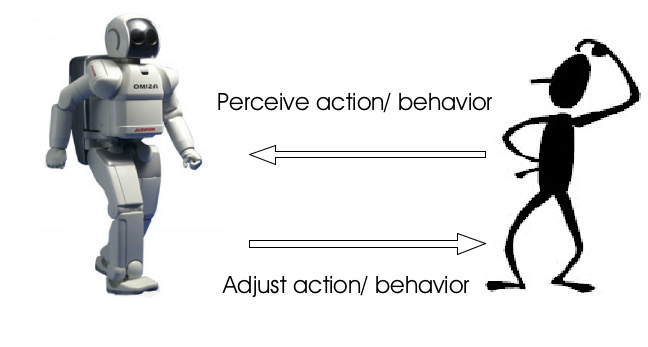 Acquiring a profound knowledge about the cognitive processes underlying human-robot interaction is essential to better exploit the measurable components for brain-robot interfaces. The better the processes are understood, the better the EEG components originating from these processes can be used. A systematic evaluation of these components in connection with human-robot interaction is missing until today. Hence, it appears to be worthwhile to take a closer and impartial look at what is really happening on the cognitive level, as far as determinable by EEG signals.
Acquiring a profound knowledge about the cognitive processes underlying human-robot interaction is essential to better exploit the measurable components for brain-robot interfaces. The better the processes are understood, the better the EEG components originating from these processes can be used. A systematic evaluation of these components in connection with human-robot interaction is missing until today. Hence, it appears to be worthwhile to take a closer and impartial look at what is really happening on the cognitive level, as far as determinable by EEG signals.
read more »











































